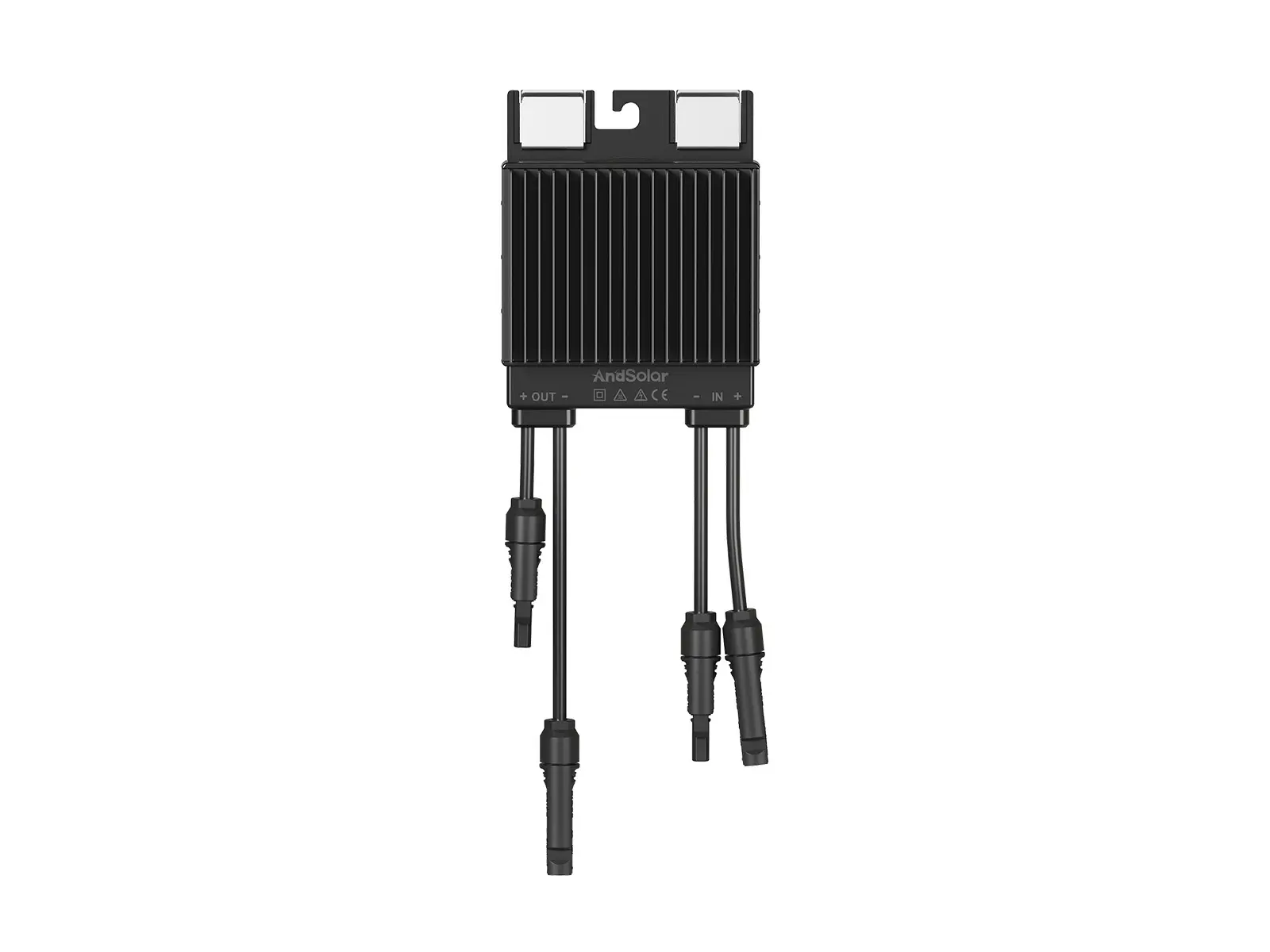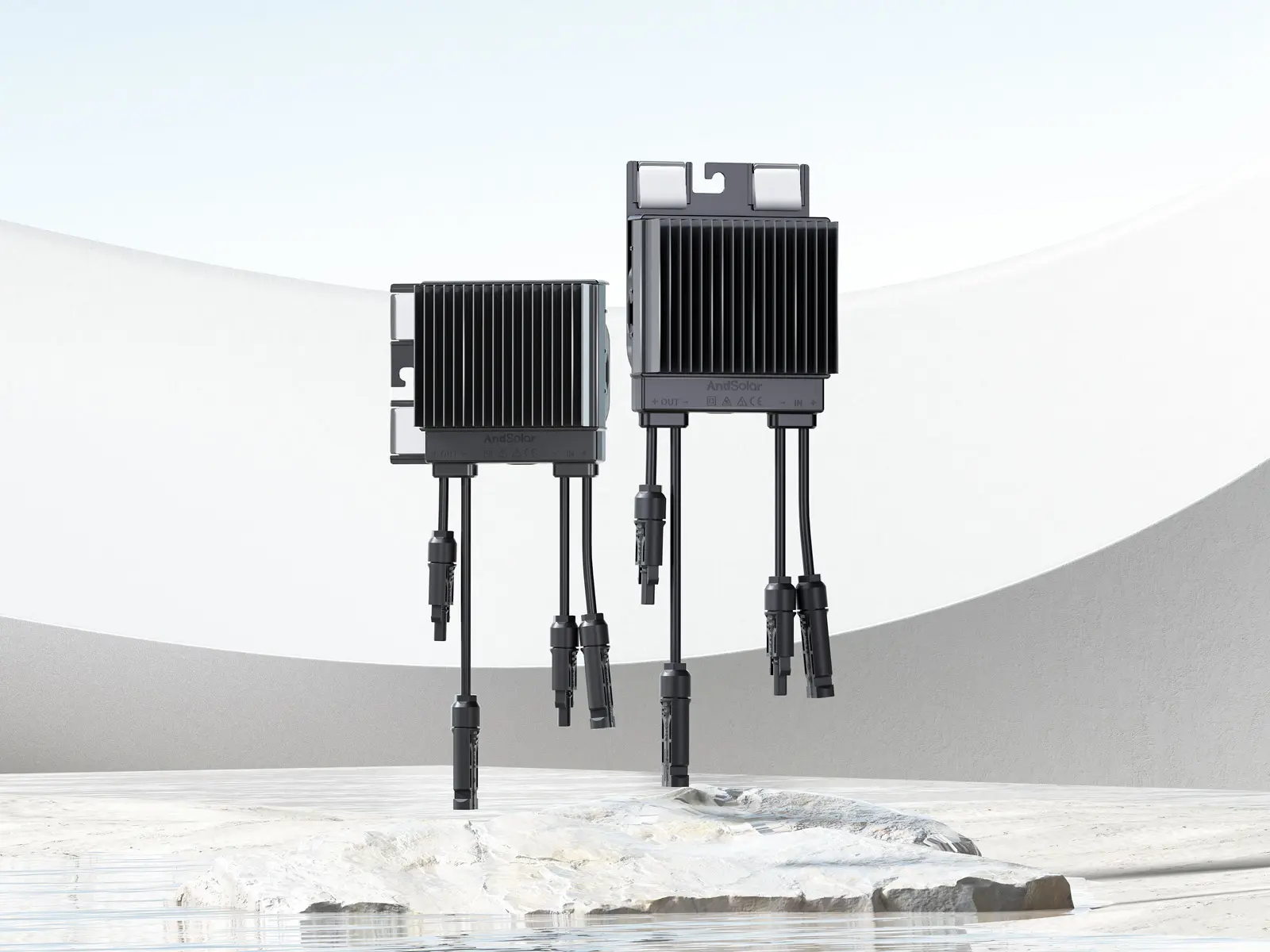Unlocking Higher Energy Yields Through Advanced Optimization
The evolution of solar technology has shifted the conversation from simply installing panels to maximizing their potential. Today, system owners are looking for ways to extract every possible watt of energy from their installations. This is where the optimizer steps into the spotlight. By refining the performance of each panel, an optimizer ensures that energy production is as close to theoretical maximum as possible. The technology does more than just handle variations in sunlight—it becomes a powerful tool to ensure that the investment in solar delivers the greatest return over its lifespan.
The Role of the Optimizer in Solar Systems
Enhancing Panel-Level Performance
An optimizer is designed to work at the individual module level, ensuring that each panel operates independently at its peak power point. Without such a device, panels in a string share the same current flow, meaning one shaded or dirty panel can bring down the performance of all others. By eliminating this limitation, the optimizer makes it possible for the unaffected panels to continue delivering their best possible output.
This technology transforms the system into a network of independent energy producers, each maximizing its contribution to the total generation. As a result, even small boosts at the panel level can add up to significant gains over time.
Overcoming Environmental Variability
Environmental conditions like partial shading, soiling, and varying roof angles can create mismatches in power production. An optimizer counters these variations by constantly tracking and adjusting the operating point of each module. This real-time adjustment means that a cloud passing over one section of the array will not impact the output of the remaining panels.
By actively managing these differences, the optimizer ensures that site-specific challenges have minimal effect on total energy yield, resulting in a more consistent and predictable power output.
How Optimizers Impact Annual Energy Production
Mitigating Shading Losses
Shading is one of the most common causes of performance loss in solar arrays. Even minor obstructions from chimneys, antennas, or nearby trees can significantly reduce system output when panels are connected in series without individual control.
An optimizer addresses this issue by isolating the performance impact to the affected panel. The rest of the system continues to operate at its maximum potential, turning what could be a major efficiency drop into a minor inconvenience.
Extending Production Hours
Because an optimizer fine-tunes each module’s performance throughout the day, panels can start producing earlier in the morning and keep generating later in the evening. This extended operational window leads to incremental daily gains that add up significantly over weeks, months, and years.
For system owners aiming to maximize return on investment, this additional generation time can have a direct and measurable financial benefit.

The Financial Benefits of Using an Optimizer
Increasing Return on Investment
Every extra kilowatt-hour generated by an optimizer-equipped system translates directly into reduced electricity bills or higher revenue for grid-tied installations. Over the lifetime of the system, these small daily gains accumulate into substantial economic returns.
For residential systems, the difference in annual yield can be enough to shorten the payback period, while for commercial projects, the added efficiency can have a major impact on long-term profitability.
Reducing Maintenance Costs
An optimizer often includes monitoring capabilities that allow system owners or operators to pinpoint issues at the module level. This precision reduces the time and cost required for maintenance since technicians can quickly locate and address the problem without having to check the entire array.
Early detection of performance issues also prevents small problems from escalating into larger, more costly repairs.
Technology Behind the Optimizer
Maximum Power Point Tracking
At the heart of every optimizer is Maximum Power Point Tracking (MPPT) technology. This algorithm continuously adjusts voltage and current to ensure that each panel operates at its most efficient point given current environmental conditions.
The precision of MPPT in an optimizer far surpasses that of string inverters alone, which makes it a key driver of the technology’s performance benefits.
Compatibility and Integration
Optimizers are designed to be compatible with a wide range of inverters and panel types, making them suitable for both new installations and retrofits. They can be installed during the initial system build or added later to improve an existing array’s output.
This flexibility makes the optimizer a versatile tool for any project that requires both performance enhancement and ongoing monitoring.
Choosing the Right Optimizer Solution
Matching System Needs
Not all systems require the same level of optimization. For example, a system installed on a perfectly flat, shade-free rooftop may benefit less from an optimizer than one in a variable environment. Selecting the right solution means understanding the site’s conditions, the owner’s goals, and the budget available.
A professional assessment can help determine whether a full system deployment or partial optimization is the best approach.
Quality and Reliability Considerations
As with any solar component, quality matters. The best optimizers are built to withstand harsh weather, maintain long-term efficiency, and integrate seamlessly with the rest of the system. A well-chosen device can last for decades, providing consistent returns year after year.
Investing in a proven, reliable optimizer ensures that performance improvements are sustained over the system’s lifespan.
Long-Term Performance and System Longevity
Maximizing Output Over Decades
Solar panels can last 25 years or more, and the optimizer helps them stay productive for as long as possible. By preventing underperformance caused by environmental or technical factors, the device keeps annual energy production closer to the system’s original design output.
This not only protects the financial value of the investment but also ensures that the installation remains a dependable source of renewable energy.
Supporting Future Technology Integration
As solar technology evolves, optimizers are increasingly being designed with compatibility in mind. This means that as new inverter models, energy storage systems, or monitoring platforms become available, existing optimizers can often work alongside them without requiring major system overhauls.
This adaptability extends the usefulness of the initial investment, making it a smart choice for forward-looking solar owners.
FAQ
What does an optimizer do in a solar system?
An optimizer improves the performance of each solar panel by allowing it to operate at its maximum power point independently, regardless of the performance of other panels.
How much more energy can an optimizer produce?
While results vary based on conditions, many systems see annual gains of 5% to 25% compared to non-optimized setups, particularly in environments with shading or variable sunlight.
Is an optimizer worth the cost?
For most installations with any shading, panel mismatch, or variable conditions, the extra output and monitoring capabilities make the optimizer a worthwhile investment over the system’s lifetime.
Can an optimizer be added to an existing system?
Yes, in many cases optimizers can be retrofitted to existing solar arrays to enhance performance and add monitoring features.
Table of Contents
- Unlocking Higher Energy Yields Through Advanced Optimization
- The Role of the Optimizer in Solar Systems
- How Optimizers Impact Annual Energy Production
- The Financial Benefits of Using an Optimizer
- Technology Behind the Optimizer
- Choosing the Right Optimizer Solution
- Long-Term Performance and System Longevity
- FAQ

